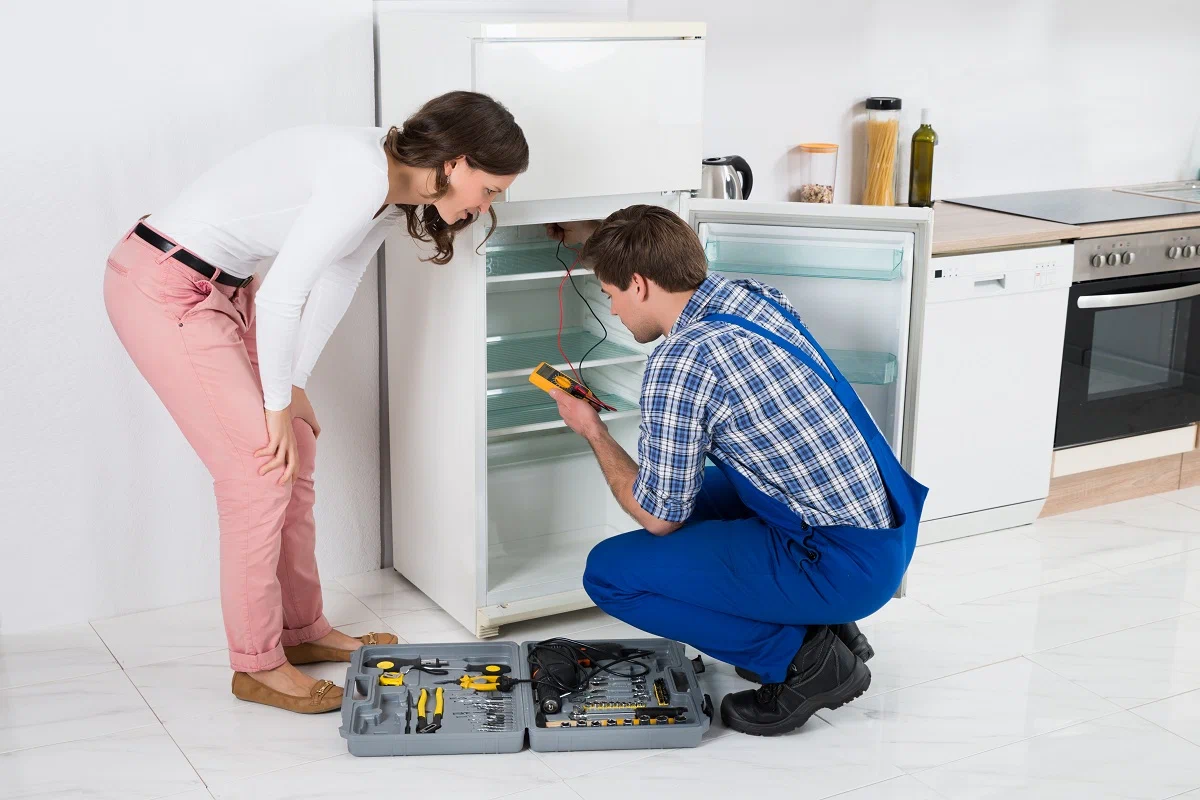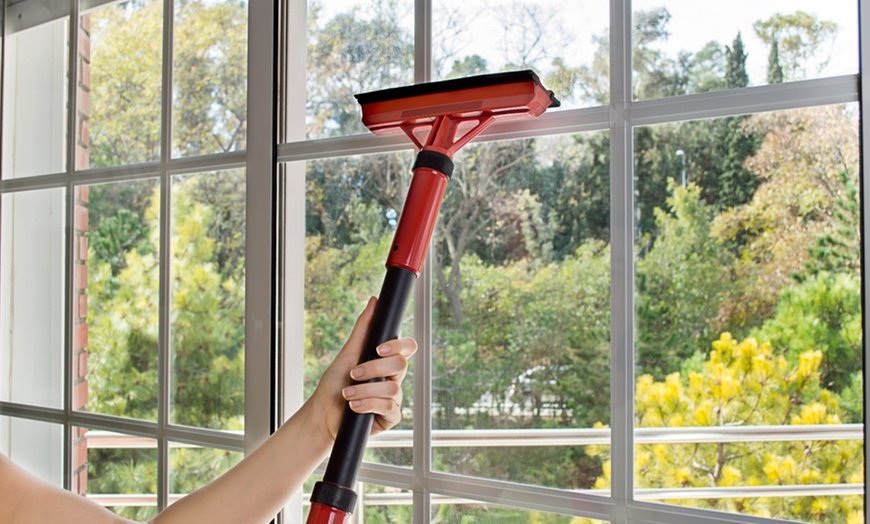A pool can be a refreshing retreat during hot weather, but it also comes with certain risks, especially for children and pets. Pool safety alarms are essential devices that help monitor activity in and around your pool, alerting you to potential dangers. Maintaining these alarms is crucial for ensuring that they function correctly, providing the ultimate protection. This article will explore effective ways to maintain your pool safety alarms, including best practices, troubleshooting common issues, and ensuring maximum reliability for your pool area.
Importance of Regular Alarm Maintenance
Pool safety alarms are designed to protect your loved ones by alerting you when someone or something enters the pool unexpectedly. These devices play a vital role in accident prevention. However, like any other technological device, safety alarms require regular maintenance to ensure they perform optimally. Neglecting the upkeep of these alarms may result in malfunctions, delayed responses, or false alarms, which can compromise your pool’s safety.
To keep your safety alarms in working order, consider checking them at least once a month. Ensure batteries are replaced regularly and test the alarm to make sure it’s responsive to movements. If you notice any decrease in its sensitivity or if it fails to activate, immediate action should be taken to either repair or replace the malfunctioning parts.
Proper maintenance of your pool safety alarms is critical for maintaining the highest level of protection. Pool owners who prioritize regular upkeep can ensure the system will alert them in time to prevent accidents. A well-maintained alarm system can be the difference between an enjoyable pool experience and a tragic incident. This dedication to pool safety should be an integral part of any responsible pool owner’s routine.
How to Test and Monitor Safety Alarms Effectively
Testing your safety alarms regularly is essential to ensure that they are working as intended. To maintain your pool safety alarms, begin by setting up a schedule to test the devices at least once a month. Activating the test function, available on most safety alarms, allows you to assess the alarm’s ability to detect movement or splashes in the pool area.
When testing the alarm, simulate a real-life scenario. You can toss an object into the pool or move around the pool’s edge to ensure that the alarm responds accordingly. This method provides valuable insight into whether your alarm is sensitive enough to detect unexpected entry into the pool. Additionally, check the control panels and alert systems to ensure they are properly connected and responsive.
Another essential aspect of monitoring safety alarms is making sure that any environmental factors, such as debris or leaves in the pool, are not interfering with the system. Excessive clutter in the pool could lead to false alarms, making it harder to distinguish between real emergencies and everyday activities. Keeping your pool clean and free from objects that may set off false alarms enhances the reliability of your system.
Troubleshooting Common Issues with Safety Alarms
Even with regular maintenance, pool safety alarms may sometimes experience malfunctions. Knowing how to troubleshoot these common issues can prevent prolonged periods of vulnerability. One common problem is the alarm not activating when it should. If your alarm fails to respond during testing, the first step is to check the power source. Often, low battery levels are the primary cause of malfunction. Replacing the batteries is usually enough to restore the alarm to its full working capacity.
Another frequent issue is false alarms. If your alarm goes off without any valid reason, it could be due to incorrect sensitivity settings. Adjusting the sensitivity may help, but if the problem persists, it may be an indication of a more severe malfunction within the system. In this case, consulting the manufacturer’s manual or contacting professional service for a more thorough diagnosis is advisable.
While some issues are minor and can be fixed with simple adjustments, others may require professional intervention. Hiring a qualified technician to assess the alarm system ensures that any complex repairs are handled correctly. Partnering with a professional pool service like Cleaning Pool Service Victorville can also help pool owners by offering periodic maintenance checks and ensuring that all components are functioning optimally.
Ensuring Long-Term Reliability of Pool Safety Alarms
For ultimate protection, pool safety alarms must remain reliable throughout the pool season and beyond. Ensuring long-term reliability involves combining regular maintenance with timely upgrades. As technology advances, newer models of pool alarms offer more efficient and advanced features. For example, some newer safety alarms come equipped with smart technology, allowing for remote monitoring via smartphone apps.
Upgrading your system may be necessary if your current alarm has become outdated or prone to malfunctions. Newer models are often more resistant to environmental changes and have improved durability compared to older designs. Keeping up with these advancements in pool safety technology can give you peace of mind and enhanced protection for your family and pets.
Besides upgrading your pool safety alarms, incorporating preventative maintenance strategies helps ensure they remain functional for years to come. Make it a habit to store the control units in a dry, sheltered place when not in use. Exposure to moisture or extreme weather conditions can shorten the lifespan of the system, so storing the control unit indoors during harsh weather conditions is highly recommended.
Pool Safety Alarm Importance
When it comes to maintaining a safe pool environment, the importance of pool safety alarms cannot be overstated. These devices form an integral part of a comprehensive pool safety strategy, offering immediate alerts when someone enters the water unexpectedly. However, pool alarms alone are not enough. Pool owners should also install other safety measures, such as pool covers and fencing, to create a multi-layered approach to protection.
By maintaining your pool safety alarms, you ensure that the system works in tandem with other safety measures, offering a more robust safety net for your loved ones. Pool alarms act as the first line of defense, giving you valuable time to respond to potential dangers. Additionally, they provide an extra layer of protection when children or pets are near the pool, minimizing the risk of accidents.
When installing a pool safety alarm system, consider the different types available. Surface wave detectors, for example, monitor disturbances on the water’s surface, while subsurface alarms detect changes in water pressure. Combining multiple alarm types can enhance the overall protection of your pool area.



